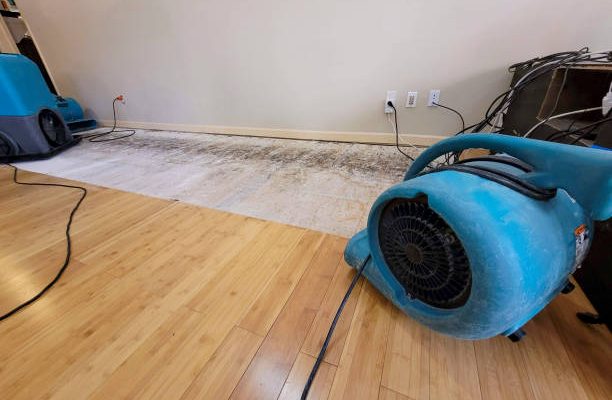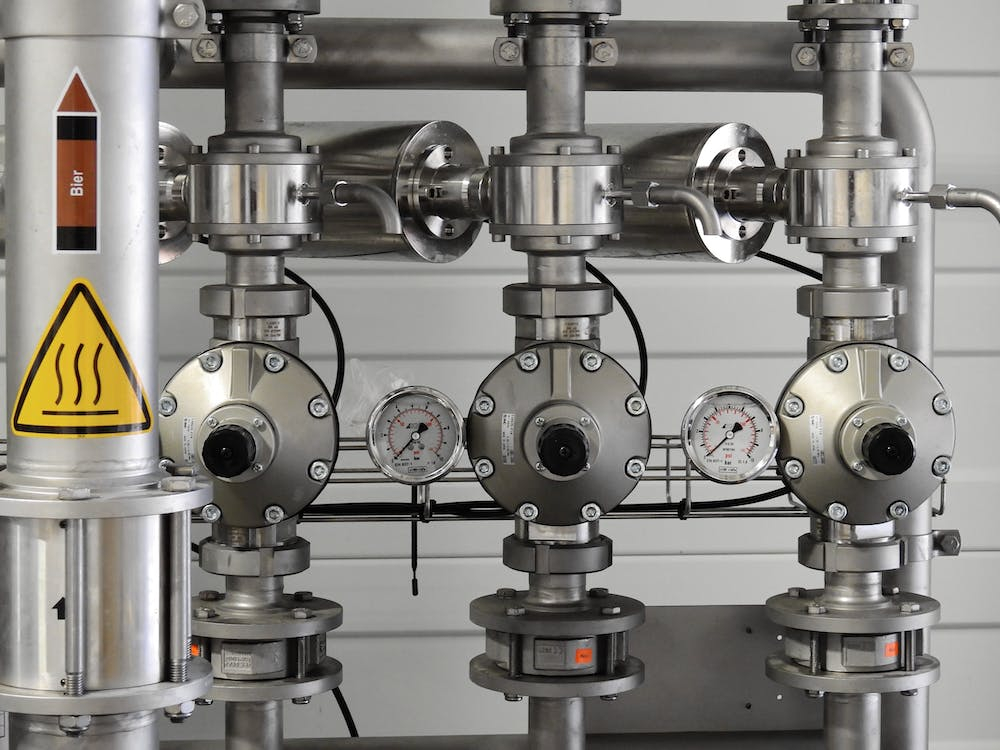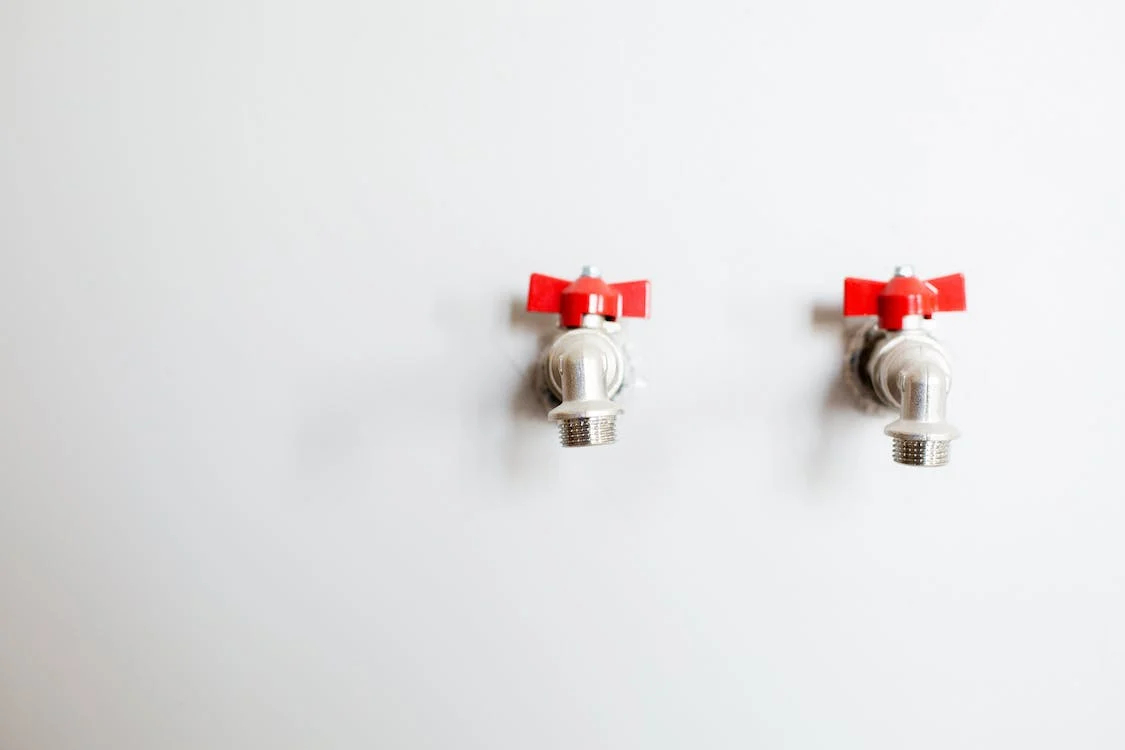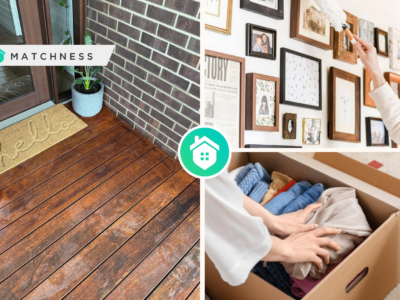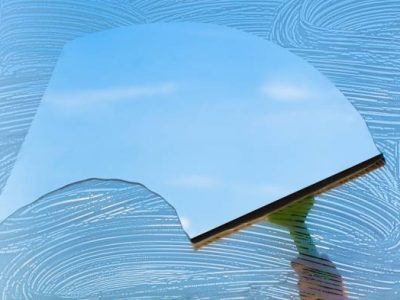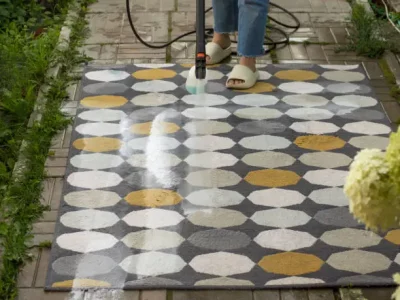As the happy owner of your lovely home, you certainly feel grateful, but after a while, it’s almost hard not to notice all the tiny things, which may be very bothersome at times. We’re talking about all the repairs you’ll have to perform throughout the years, as well as all the upkeep you’ll have to do. Water leaks and plumbing problems are a regular problem and many homeowners’ worst nightmare. Water damage may badly destroy your property and impair its market value, and although the reasons may vary (from plumbing leaks to heavy rains and an inadequate drainage system), the repairs are typically straightforward and affordable.
In the text below, we’ll discuss and share some tips on how to fix these common issues and prevent a health hazard, or situation you potentially have at hand.
First things first
First, you need to evaluate the level of harm and attempt to identify the root reasons before taking any action. There are many potential sources of water damage to a home, and generally, the source is determined by the area of the property that was damaged (such as the walls, floor, or exterior). It’s almost like playing the role of a doctor attempting to understand the interplay between various “symptoms” and their causes. It may cause cracks in the walls and ceiling and even disrupt the electricity. After the worst-hit regions have been identified, you may start formulating an explanation for where the water is coming from. Plumbing problems, a leaky roof, or a broken pipe might have caused the water damage, therefore fixing such problems would come first.
You’re probably asking why to go through all this trouble such as identifying the affected areas and trying to figure out the main cause. Well, in short, you’ll save yourself a lot of money and time, and you can work on estimating potential costs and even finding an available plumber (if it seems as though it’s more than you can handle).
Removing the water
Removing the water can take a lot of time but you just can’t skip this step, like you can’t just put a band-aid over a flesh wound. Sure, pretending it doesn’t exist helps, but the problem persists. No worries though, the removal process usually involves the use of pumps, dehumidifiers, and specialized equipment. First, you’ll use the pumps and vacuums to extract the water, but we recommend this only if your house sustained heavy rains and floods and there is a large amount of standing water. It’s especially important to take care of standing water, as it presents a health hazard and is something you’ll want to avoid.
Second, on the list is absorption. This is usually done after the main amount has been extracted and taken care of. The remaining water can be absorbed with towels, mops, and sponges until the surface is completely dry. Thankfully, if you feel overwhelmed by all this, there are many professionals who can take care of such issues with ease. Look for some local businesses, like water damage response crews available in San Diego, and you’ll find a number of companies who can take care of such issues with ease. You’ll find it more than practical as it saves you time and money. Now, the last thing is evaporation. This method involves the use of fans, dehumidifiers, and other equipment to get the last drop of water in the walls, ceiling, or floor. Once you’ve “cleared” the area, it’s time to look at the overall damage and start thinking about major repairs.
Time for repairs
You’ve assessed the affected area, you made an effort to collect the water, absorb it, and completely evaporate it so no one drop is left, and the last thing is to make all the needed repair steps. Repairs really depend on the nature of the damage done and a particular part of the house’s structure or interior that has been affected.
Structural problems
When a building needs repairs, for instance, water frequently causes problems with the walls, roof, and foundation. Certain specialized equipment may be required to repair or refurbish such components. Final repair costs will be directly proportional to the extent of the damage. While you may do minor repairs, like sealing or patching, on your own, more serious problems need the assistance of an expert.
Electrical repairs
When it comes to water damage, the electrical system of the house is quite delicate, as it frequently causes the main wiring, outlets, and switches to burning out. This in return can also cause a shutdown of electricity in the whole house due to a burned fuse. Now, what we recommend is trying to replace the damaged switches or outlets but be aware that this can be a delicate procedure and might require the help of a professional electrician due to hazard and safety reasons. Especially if these electrical outlets have been in contact with water, as this only makes them more dangerous. So, before you try being a handyman around the house, make sure you’ve taken all the safety measures to ensure you can do the job without compromising your well-being.
Plumbing repairs
This usually means there has been a leaking pipe or maybe even a completely broken one, causing the overflow of water into the structural elements of your home. Now, leaking pipes can be fixed with a screwdriver but a broken pipe or one that’s severely damaged calls for the help of a plumber, who’ll replace it and fix the problem. And, yes, if the pipe is on the outside, like under the kitchen sink, it should be easy enough to do it on your own, but undelaying pipes and those going through the walls are a bit more complicated, so we recommend going with the professionals on this one.
Floor
Ball-shaped bumps on the surface of your laminate or parquet wood floor indicate the presence of air pockets under the flooring, which necessitates drainage, evaporation, and absorption of the subfloor water before you can install new flooring. Most wood flooring works like a puzzle, with one piece slotting into the next, making installation a quick and straightforward process. Just disassemble it like a jar lid, soak up the liquid, and reassemble it. While you’re at it, you may as well replace the old components with new ones, as the water has probably already started “rotting” the laminate.
Drywall repairs
First, you’ll need all the essential tools:
- Patches or mesh tape
- Joint compounds
- Sandpaper
- Putty knife
- Utility knife
- Paint and primer
Next step, be careful and follow a few simple instructions. Cut out the affected area, by using the above-mentioned knives. Make sure to cut out square-like or rectangular-like shapes while cutting out the damaged parts because of the mash tape and patches (it’s easier to apply this way). Next, apply a thin layer of the joint compound over the edges of the whole using the putty knife. Place the patch over the hole and press it firmly so it sticks to the compound. Then again, you’ll have to apply a second layer of the compound over the patch, feathering the edges outward to blend it in. After a while, you’ll notice how it all comes together slowly, with the patched part blending into the surrounding wall. Now, sand the area and repeat the process until the patch is smooth like the rest of the wall. Seems easy enough and we’re sure you can do it!
Last but not least comes the paint, and before that, the primer if necessary, to really give it a finishing touch.
Mold Remediation
Mold can present a serious issue, not only because it looks gross and finds its way into every possible corner of the house but also because it is a health hazard and numerous studies have proven the negative effects long-term exposure can have on an individual.
Simply, call a mold extraction team if the issue has gone out of hand or if there are many store-bought products sitting on the shelves of markets. You can use them to completely eliminate the mold that formed in your house.
In the end, it’s worth noting how all these steps and the process as a whole can be time-consuming and costly. Sure, doing some things on your own can save you a bit of money but there’s always the fear of not doing it right due to the lack of expertise and proper knowledge. That’s why we recommend going for professionals and ensuring that once it’s done, it’s done for good.


